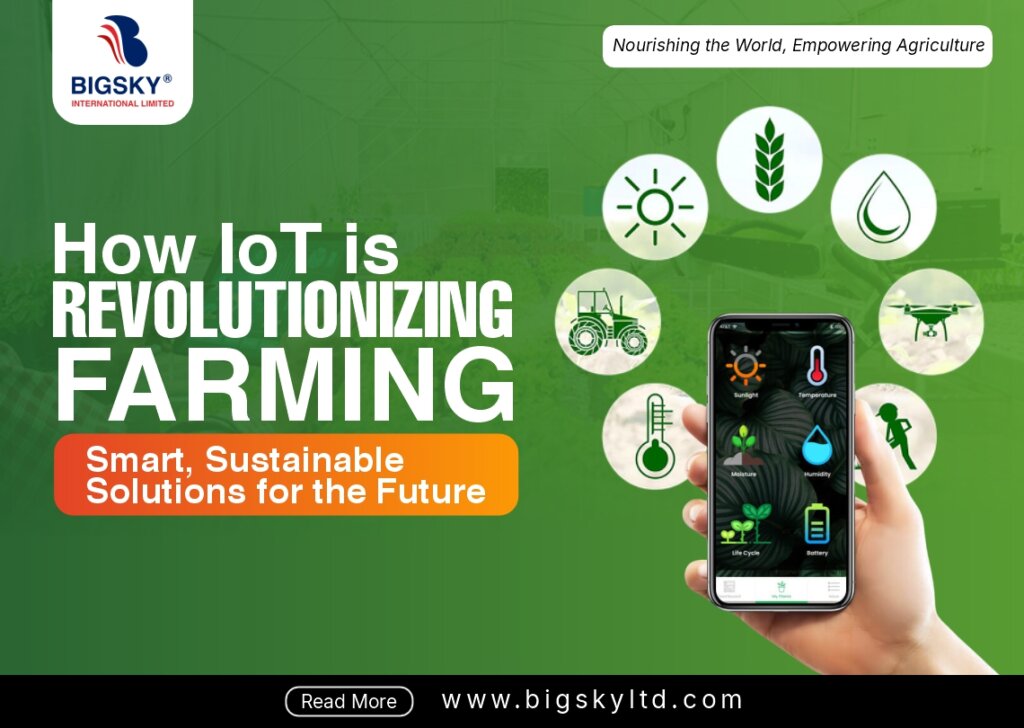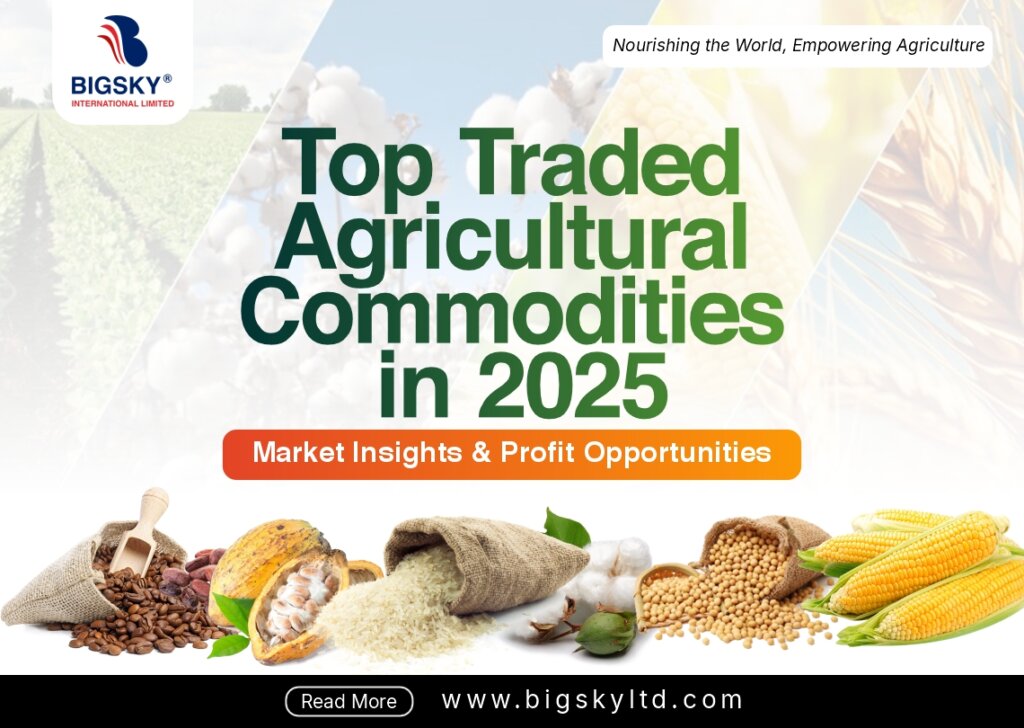As the sun set over a small cocoa farm on the Ivory Coast, farmer Amadou surveyed his fields with pride and concern. The past year had been challenging for him—unpredictable weather patterns had halved his usual yield, and the global agricultural market was feeling the strain. Little did he know, his experience mirrored broader shifts in the farm sector worldwide.
Agriculture is undergoing a profound transformation in 2025. From climate change impacts to technological innovations, global trade dynamics, and evolving consumer demands, the agricultural landscape is experiencing significant changes. This article delves into the key trends shaping the farm sector this year.
Climate Change: Impact on Crop Yields and Food Prices
Extreme weather events have become more frequent in recent years, causing volatile fluctuations in crop yields and food prices. For example, in 2024, cocoa prices surged by 163%, and coffee prices rose by 103%, all due to unusual rainfall and increasing temperatures in key producing regions. This trend is expected to persist, with further supply chain disruptions likely. Farmers worldwide grapple with erratic weather patterns, from droughts to floods, significantly impacting global food production.
Expect further price surges in specific commodities and more frequent fluctuations in the global food market. Due to unpredictable weather conditions, farmers, traders, and consumers must stay prepared for price surges. Adjust your purchasing and farming strategies accordingly.
Precision Agriculture: Revolutionizing Farming with Technology
The rise of precision agriculture is changing the game for farmers globally. Technologies like drones, artificial intelligence (AI), and the Internet of Things (IoT) are being adopted to optimize crop monitoring, data analysis, and resource management. These innovations help farmers make real-time, data-driven decisions that boost efficiency, reduce waste, and maximize yields.
Investing in precision farming tools like AI and drones can increase farm productivity and reduce costs in 2025. Explore precision farming technologies today to stay competitive. Bigsky offers tailored solutions to integrate AI and IoT into your farming operations.
Global Trade Shifts: Changing Market Dynamics
Once a major importer of grains, China is now dramatically reducing its dependence on global agricultural markets. Projections for 2024-2025 show a 57% decrease in corn imports and a 32% drop in wheat imports, thanks to record domestic harvests. As China pulls back, countries like the U.S. and Brazil want to diversify and explore alternative markets.
Exporters must explore new trade partnerships to mitigate the loss of traditional markets like China. Diversify your market base to adapt to the changing global trade dynamics. Bigsky can help you explore new agricultural trade opportunities and optimize your export strategies.
The Drive for Sustainability: Environmental and Ethical Concerns
There’s growing pressure on high-income nations to adopt more sustainable farming practices. Global demand for commodities like beef, palm oil, and timber has led to large-scale deforestation and habitat destruction in tropical regions. Consumers are pushing for more sustainable and ethically sourced products as environmental awareness increases.
Sustainability is no longer optional—embracing eco-friendly practices and sustainable sourcing is crucial to meet market demand in 2025. Shift towards sustainable farming practices today. Embrace practices like no-till farming and organic crop production. Connect with Bigsky for guidance on sustainable agricultural solutions.
Economic Pressures on Agricultural Equipment Manufacturers
Major agricultural equipment manufacturers like Deere & Co. are facing economic challenges. The first quarter of fiscal 2025 saw a 50% decline in net income, primarily due to market uncertainties, high inventories, and rising interest rates. It reflects broader financial pressures within the agricultural industry.
Manufacturers and farmers must adapt to economic shifts and rethink equipment purchasing strategies. Reevaluate your equipment purchasing strategy to adjust to economic changes. Bigsky offers expert consultations on making the right decisions in market uncertainty.
Innovations in Sustainable Agriculture: Meeting Demand for Eco-Friendly Solutions
2025 sees a growing shift toward innovations in sustainable agriculture, including advancements in soilless farming systems, water-saving technologies, and biodegradable growing media. These innovations address environmental challenges and meet the rising demand for eco-conscious products.
Sustainable farming solutions are becoming more mainstream, and early adoption will be key to staying competitive in the market. Embrace innovations in sustainable farming to future-proof your operation. Bigsky offers the latest eco-friendly technologies to help you stay ahead of the curve.
Artificial Intelligence: Transforming the Future of Farming
AI and machine learning are becoming integral parts of modern farming. These technologies improve farm efficiency by forecasting weather patterns, predicting crop yields, and even automating complex tasks. Farmers are increasingly relying on AI-driven solutions to optimize operations and maximize productivity.
Investing in AI technologies will help farmers reduce costs, increase output, and stay ahead of the curve. Invest in AI-driven solutions today. Bigsky offers state-of-the-art AI tools designed for the agricultural industry to enhance efficiency and productivity.
Commodity Price Fluctuations: Navigating Volatility
The agricultural commodities market in 2025 is expected to experience significant Volatility. While cocoa and coffee prices have surged due to supply constraints, other markets like steel-making coal are struggling due to economic challenges in essential markets, including China.
Farmers and traders must stay vigilant, as commodity prices will fluctuate based on global economic trends. Stay informed about market shifts and adjust your strategies accordingly. Bigsky provides real-time market trend analysis to help you make informed decisions.
Policy Changes: Trade Wars and Tariff Implications
Political developments, such as potential trade wars and tariff implementations, are expected to influence global agricultural markets. For instance, renewed trade tensions between the U.S. and China could disrupt critical commodities like soybeans and corn exports.
Monitoring political developments and understanding their impact on agricultural markets will be crucial in 2025. Stay updated on global trade policies and their implications. Bigsky can help you stay organized and strategize your next steps to minimize risks.
The Rise of Climate-Smart Agriculture
Climate-smart agriculture practices, which aim to increase productivity sustainably while reducing greenhouse gas emissions, are gaining momentum worldwide. Governments and organizations are investing in policies that promote these practices, and farmers are embracing them to build resilience against climate change.
Climate-smart practices will continue to grow in importance, and adopting these practices can help farmers thrive in a changing climate. Implement climate-smart practices today to build resilience against climate change. Bigsky offers solutions to help farmers integrate these practices into their operations.
Consumer Demand for Transparency: The Age of Traceability
Modern consumers are increasingly demanding transparency regarding the origins of their food. This trend has led to the widespread adoption of traceability technologies that allow consumers to track the journey of their food from farm to table.
Farmers who adopt traceability systems will build trust and meet the growing consumer demand for transparency. Adopt traceability systems to enhance transparency and build consumer trust. Bigsky offers solutions to help implement traceability technologies across your supply chain.
The Expansion of Urban Agriculture
Urban agriculture is rising, with cities integrating farming into urban planning. Rooftop gardens, vertical farming, and community plots are becoming common, contributing to local food security and reducing the carbon footprint associated with food transportation.
Urban agriculture is an emerging opportunity that can address food insecurity and environmental concerns in urban areas. Explore opportunities in urban agriculture to expand your market reach and address local food security needs—Big Sky guides setting up urban farming initiatives.
Ready to Thrive in the Changing Agricultural Landscape?
The future of agriculture is evolving rapidly. As climate change, technological advancements, and shifting global demands reshape the agricultural landscape, staying ahead of these changes is essential to secure your success.
Actionable Insights for Farmers in 2025:
- Embrace Precision Agriculture: Leverage AI, drones, and IoT devices to enhance efficiency and boost yields.
- Adapt to Sustainability Demands: Shift toward sustainable practices that meet the growing demand for eco-friendly products.
- Navigate Market Shifts: Explore new markets and diversify operations to mitigate the impacts of trade shifts.
- Stay Competitive in a Volatile Market: With commodity prices fluctuating and economic pressures looming, it’s time to rethink your strategy.
Don’t wait for the future to catch up with you. Take action today!
Discover how Bigsky’s solutions can help you navigate the shifting agricultural trends in 2025. From precision farming to sustainable practices, we provide the tools and expertise to ensure your success in this rapidly evolving market.





